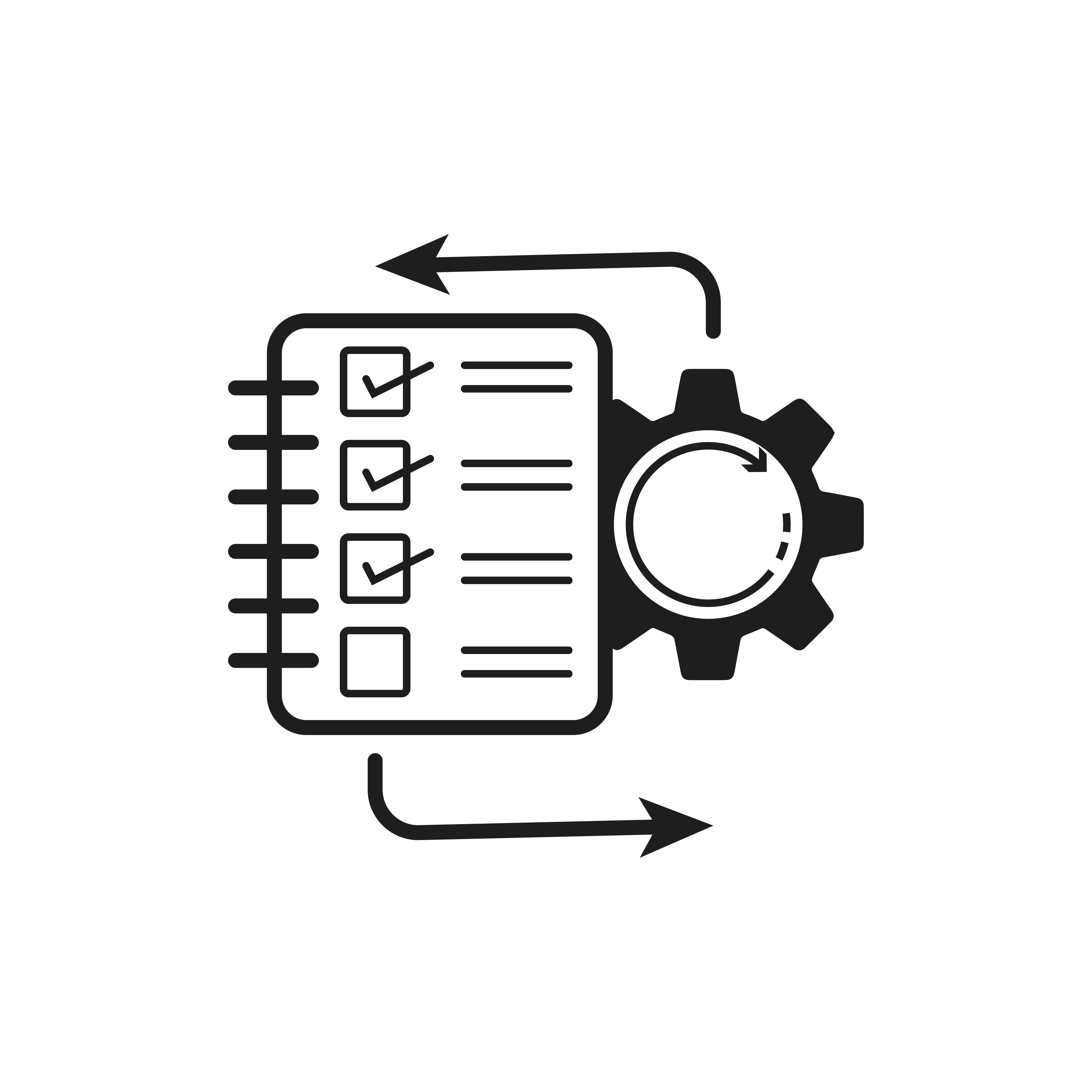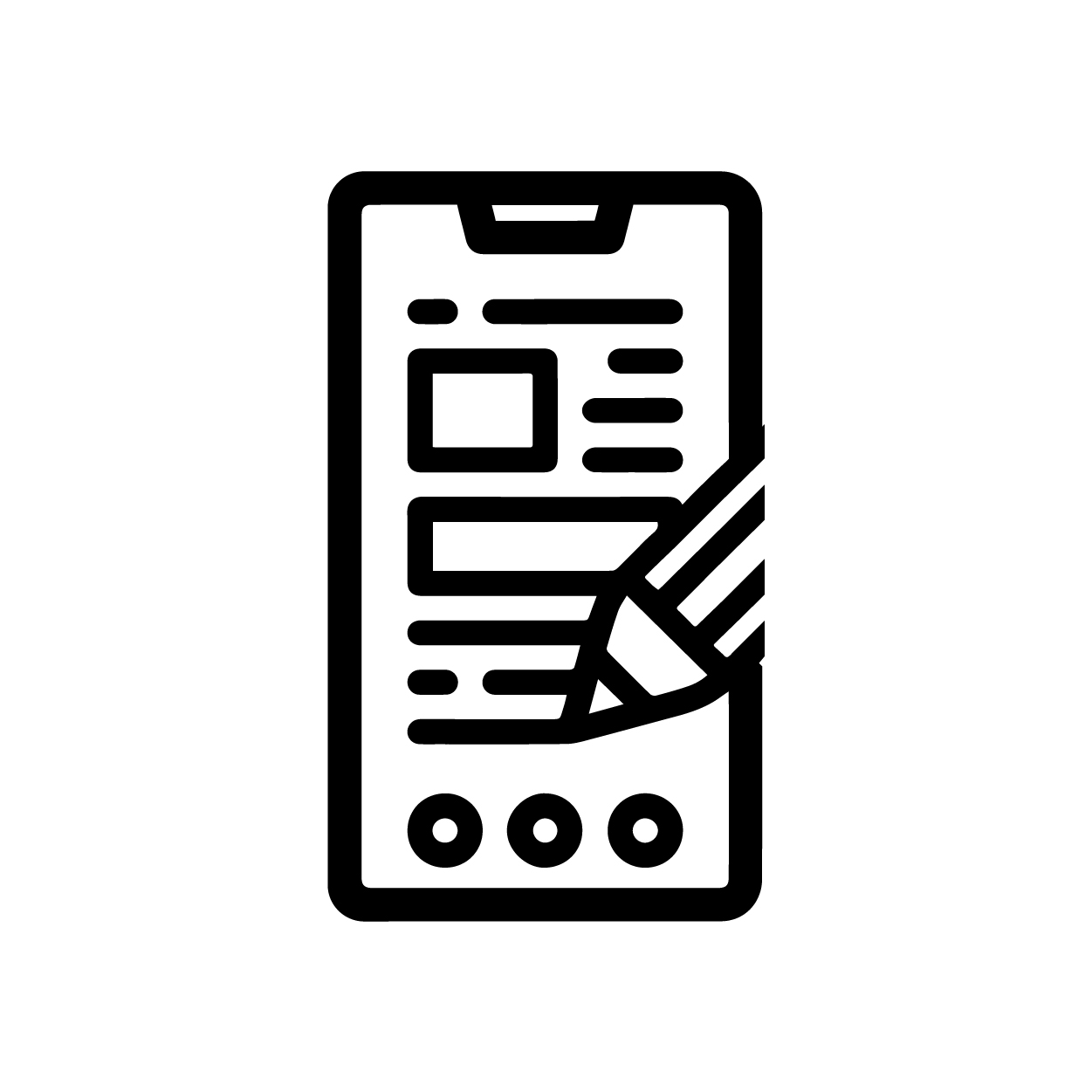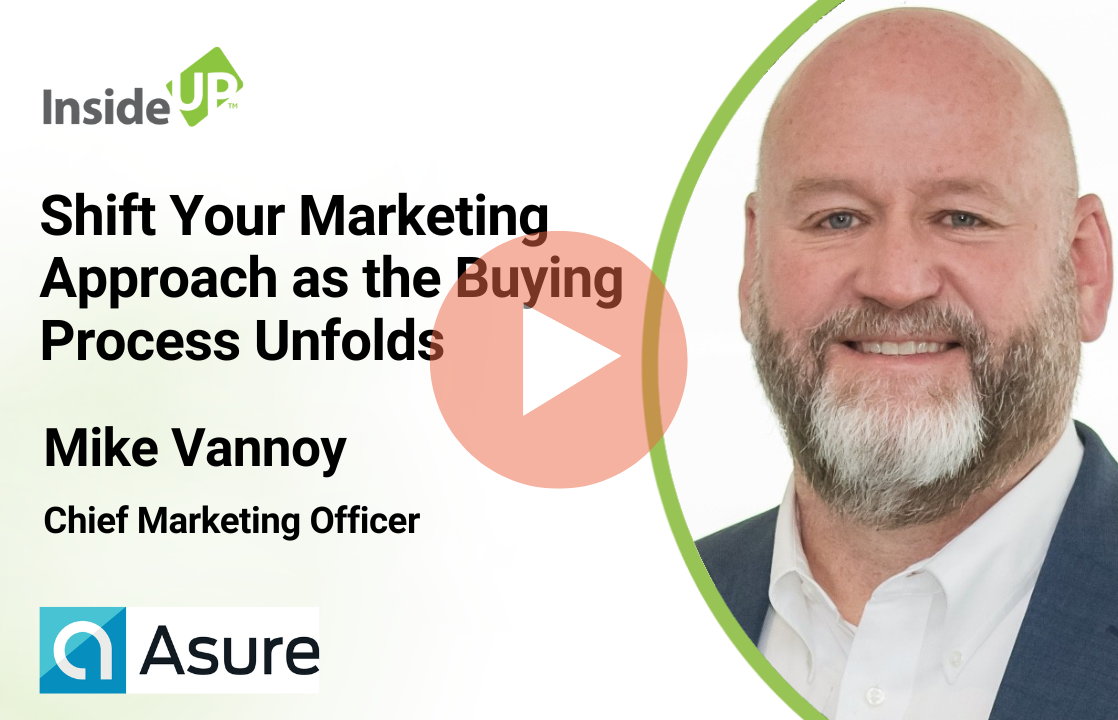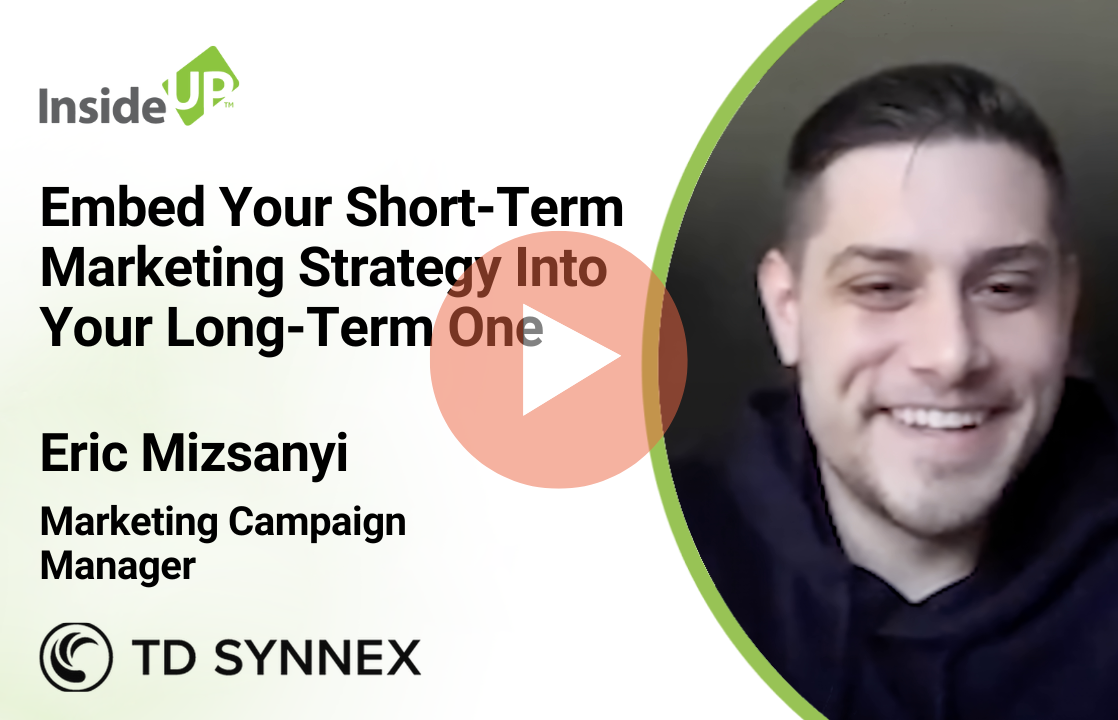
Intent data by itself, and derived solely from online behaviors, is not sufficient to identify and qualify “in-market” decision-makers. Most sales reps have encountered time-wasting “leads” trotted out in the name of “intent data” and will recognize these limitations instantly:
1. An over-abundance
With literally millions of US companies able to buy IT-related products and services, marketers are deluged with data. How much coverage are you currently getting from your network of intent data providers? How much of different intent types (e.g., display, content syndication, search) do you really need? Maybe less is more.
2. Improper processing
Simply ingesting B2Bintent data won’t solve any existing conversion problems. It must be properly integrated into your overall sales funnel. For instance, if an automated message is triggered when a prospect takes a specific action, like completing a form, that’s great. But, if you botch the message and either confuse or alienate the prospect with that message, then the intent data hasn’t helped you. Also, intent data obtained in a manner that does not comply with the California Consumer Privacy Act (CCPA) could negate any advantage it offers.
3. Outdated intent data
This is an especially common problem with intent monitoring or “signal” data. Intent often changes as companies move through their buyer journey (a pathway which can no longer be expressed as simply linear). Even a week’s delay in following up on a prospect’s interest can result in a completely different response. Why should your sales rep be the one who is told “We already purchased a competitive solution and we are no longer evaluating vendors”?

4. Inaccurate or misleading
If your sales or marketing team is reaching out to a company that appears to be exhibiting an intent “surge” and that contact no longer works at the company listed, then your company is wasting valuable time and resources. Third-party data, without a recently conducted verification process, can include costly errors. In the case of a CTO downloading a white paper from your website about integrating one of your specific products into their current systems, then that’s obviously a signal of strong intent. However, if an intern is Googling your company’s name, while also technically considered B2B intent data, then that is not nearly as strong a signal of intent. Some intent signals are very strong indicators of intent to purchase, while others are insignificant enough to ignore.
5. Drawn exclusively from online behaviors
This is probably the biggest shortcoming of intent monitoring services: the assumption that online behaviors are the sole determinant of purchase intent. People, especially buyers, do not form their opinions exclusively online (and reading an email, even one that is subsequently printed on hardcopy, is included in that). Every workday, they chat and interact over the phone with colleagues, mentors, and consultants. The human interaction enabled by live conversations shapes buyers’ views and actions at least as much as does their online activity. In short, marketers who make decisions based solely on online behavior will have an incomplete view of what’s actually going on.
Which leads me to my main recommendation to fix these problems: include telephone-based qualification as an integral part of your B2B intent data capture. Some external agencies sell intent data “as-is”. Other agencies nurture the data they gather with a mixture of data profiling, predictive analytics, marketing automation and live conversations to generate exclusive leads using client-branded content assets. So long as the data is current, consumer privacy concerns are addressed, and the lead quality stays high, then outsourcing this type of data collection and lead management can work well.
Learn more about this approach to utilizing intent data by requesting a copy of our white paper “Market Intelligence: Feeding on Intent Data Without Getting Fed Up”.
InsideUp, a leading demand generation agency, has over a decade of experience assisting technology clients, that target mid-market and enterprise businesses, by meeting and exceeding their key marketing campaign metrics. Our clients augment their in-house demand generation campaigns (including ABM) by partnering with us to build large sales pipelines. Please contact us to learn more.
































































